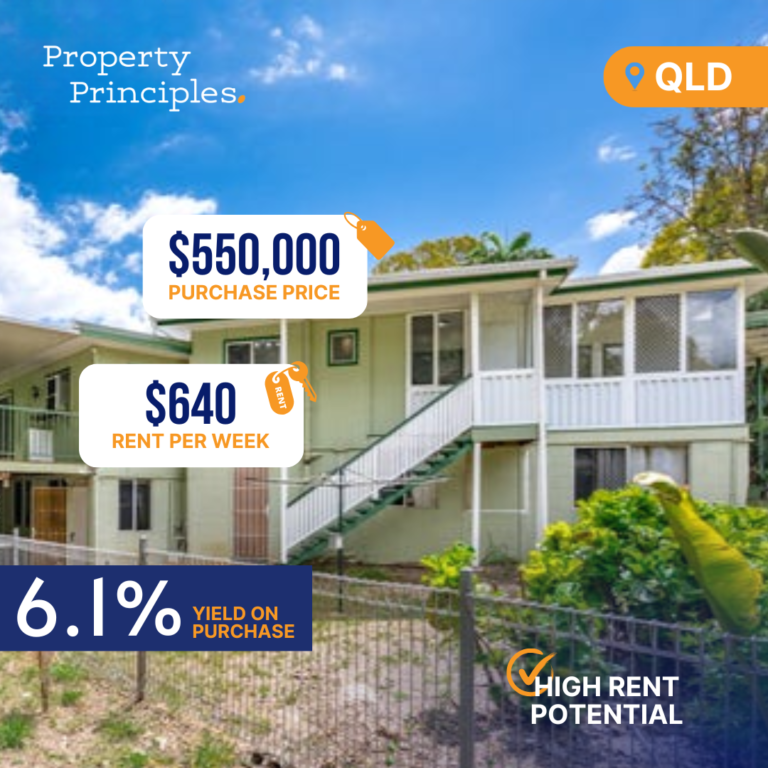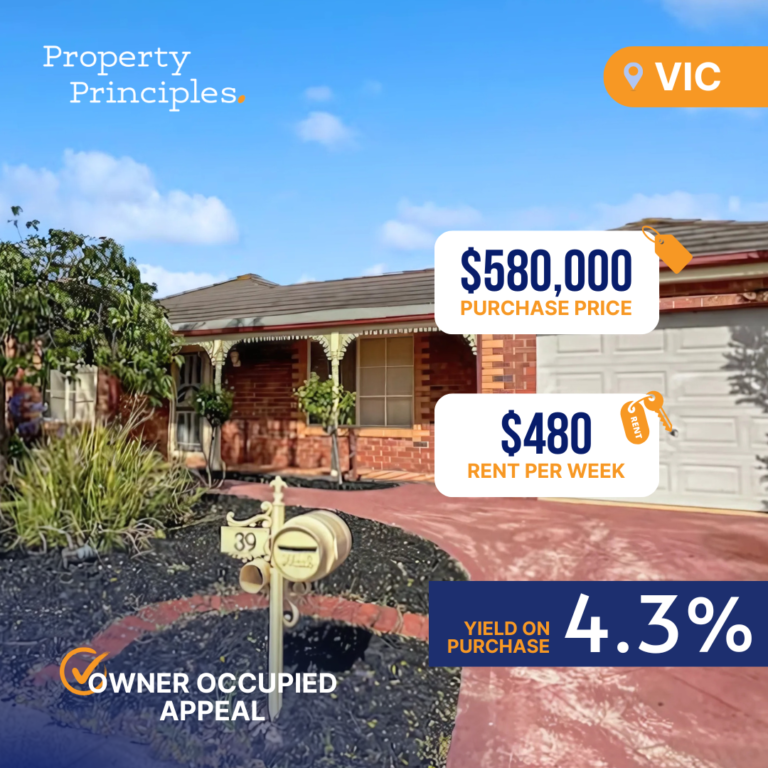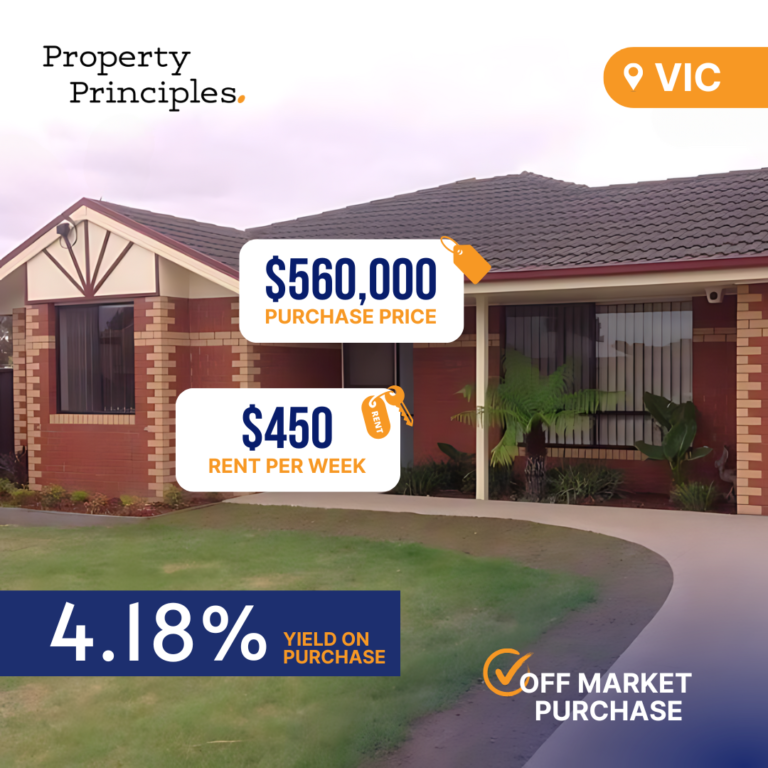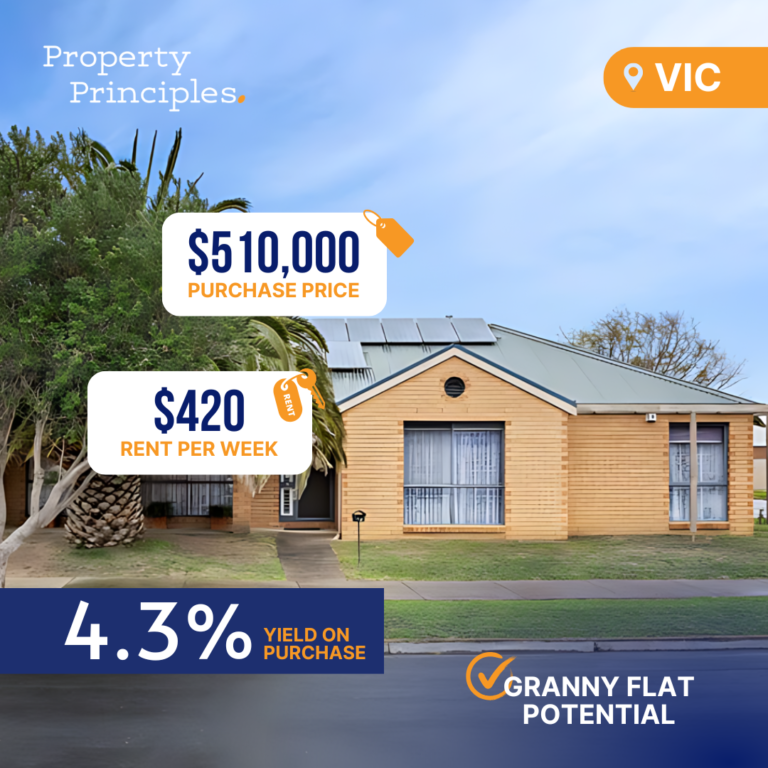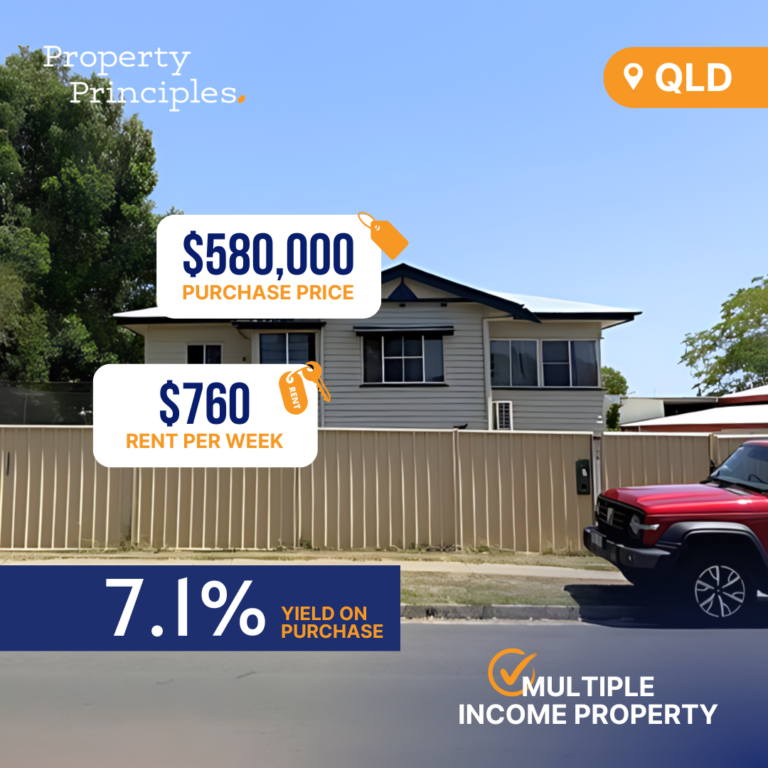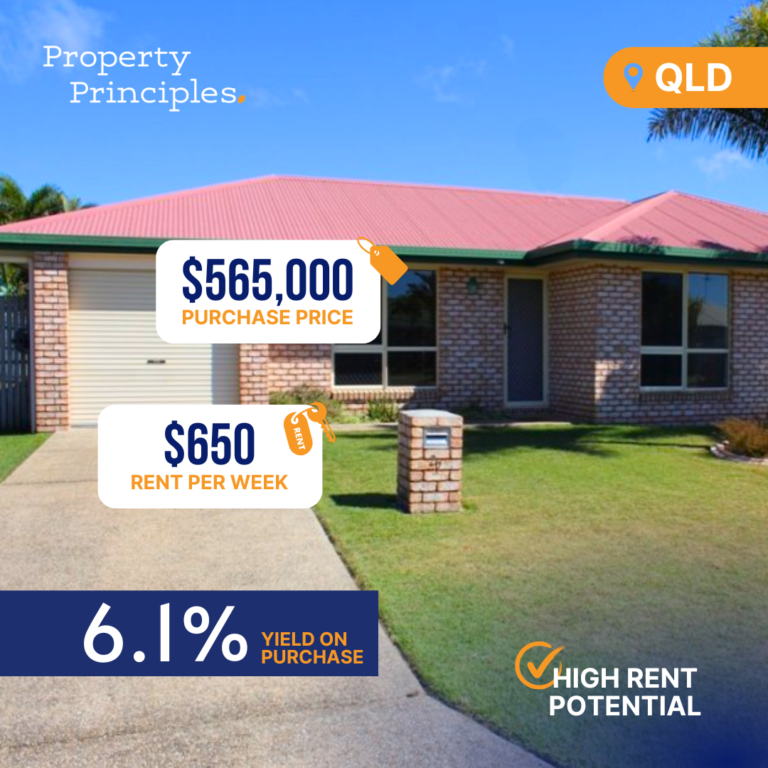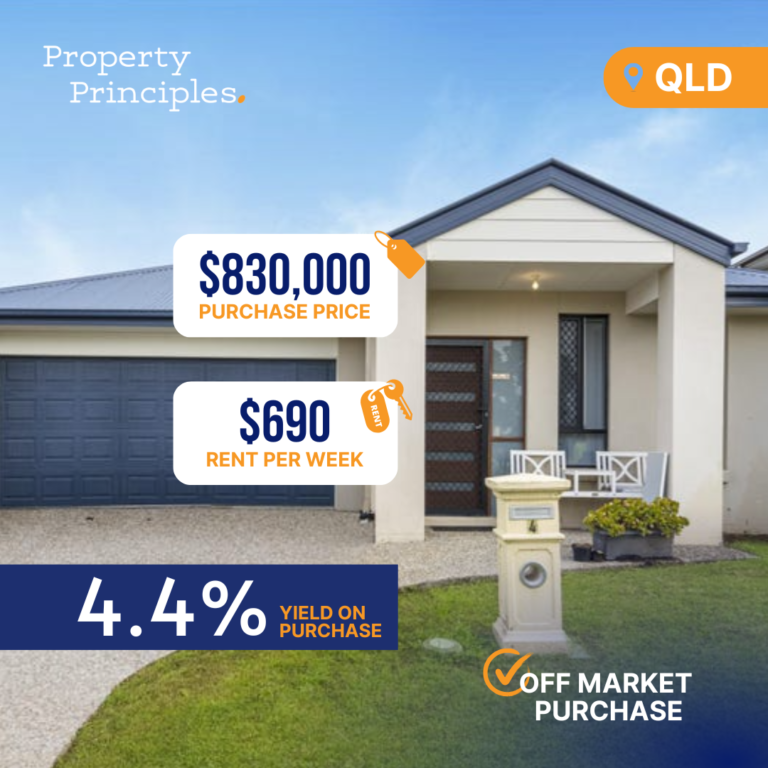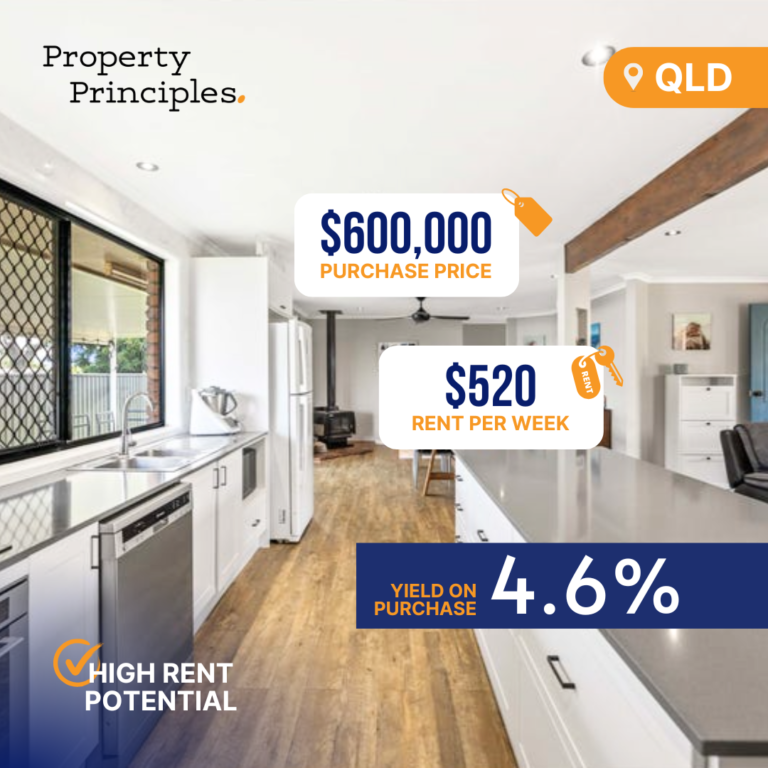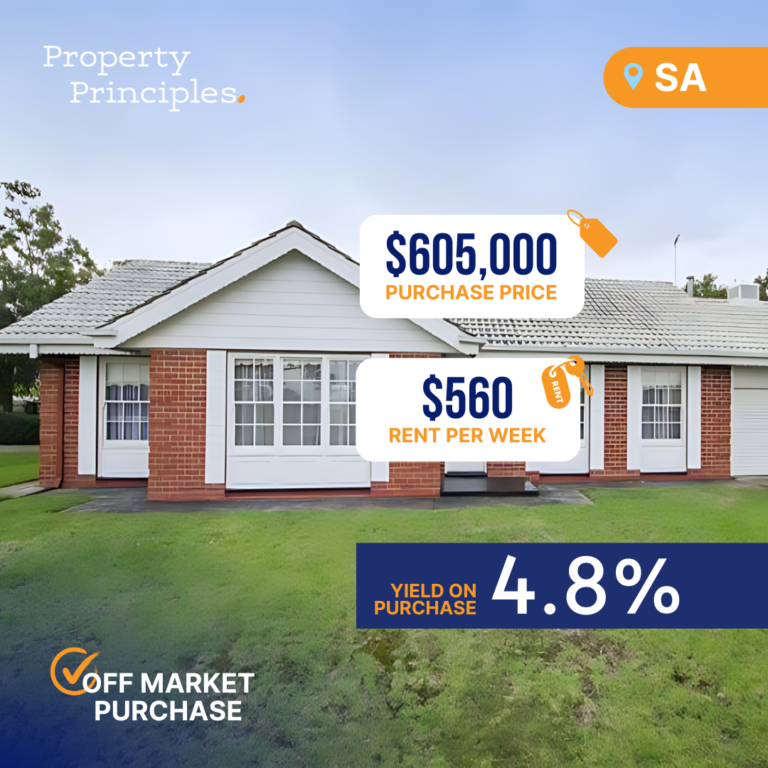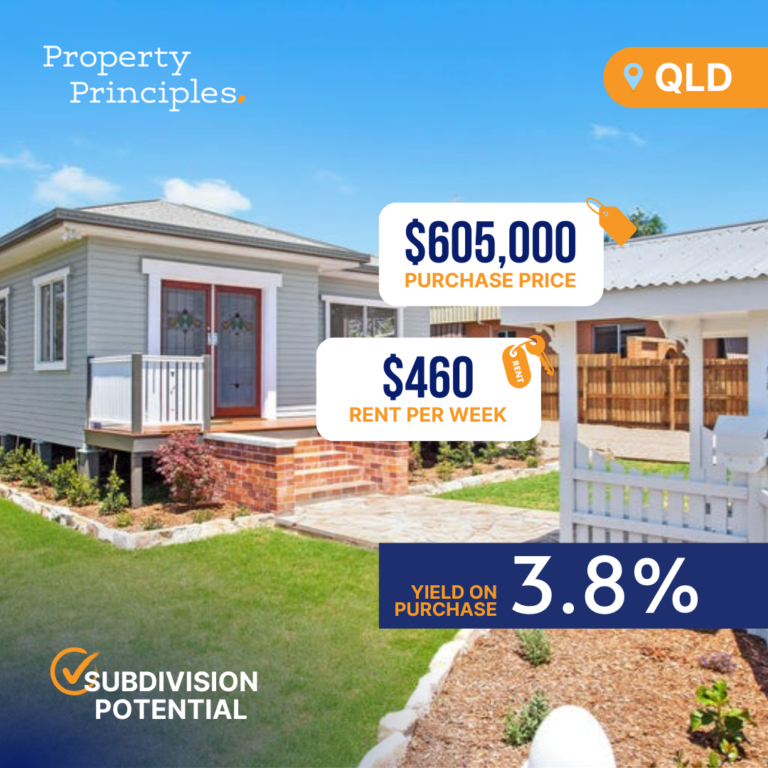Recent data from CoreLogic’s daily dwelling values index indicates a significant slowdown in house price momentum in Sydney and Melbourne since the Reserve Bank of Australia’s (RBA) Melbourne Cup Day rate hike. This decline in value growth has also impacted the 5-city aggregate level. Along with this change, November saw final clearance rates drop drastically in both cities.
An increase in listings has been observed in Sydney and Melbourne, which may account for the falling price growth. In light of these developments, some industry insiders predict that Australia may experience a “double-digit” housing correction as the RBA’s recent rate hike’s challenges outweigh the stimulative effects of the record-breaking population growth.
According to CoreLogic’s research director, Tim Lawless, Sydney might soon follow Melbourne’s lead, “with home values stabilizing or moving into a mild double-dip downturn in December and coming into early January.” He believes that the latest rate hike exposed the fragility in buyer demand and diminished borrowing capacity, resulting in a downturn in sentiment and tighter lending.
Lawless further explains that these markets are witnessing total advertised stock rising above the five-year average while demand remains fragile. He warns, “It is looking increasingly clear that the housing market is moving through a new inflection point, with the rate of growth in home values becoming more diverse, but generally weakening.”
AMP chief economist Shane Oliver shares this sentiment, stating that Sydney and Melbourne house prices are decelerating faster than expected and that high interest rates are likely playing a significant role. He predicts that national house prices will fall between 3% and 5% within the next 12 months.
Independent economist Stephen Koukoulas was one of the few who anticipated a strong price rebound in the face of ongoing rate hikes. However, he now predicts a correction next year, stating that the rate rise could be “the straw that breaks the camel’s back.” He believes that while demand driven by population growth remains, it is moderating, and the weakening labor market may contribute to a potential drop in Sydney and Melbourne house prices.
In his recently published Boom & Bust Report, SQM managing director Louis Christopher also forecasts falling home prices for five capital cities next year, along with the strong possibility of a negative result nationally. He contends that the interest rate increases in 2022, 2023, and possibly 2024 will have a significant impact on homeowners and prospective home buyers. Christopher expects distressed selling activity to surge, particularly in New South Wales, where there is already an upward trend in this data.
In conclusion, Australia’s housing market may be reaching a critical turning point as house price growth slows down and indicators point towards a potential correction. Market participants should closely monitor these developments and consider their potential impact on the housing market moving forward.


